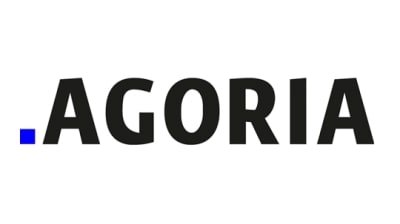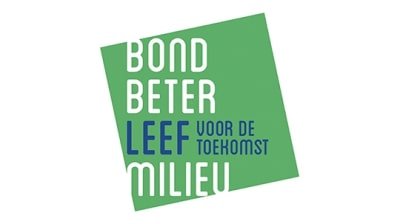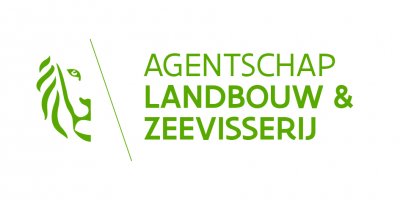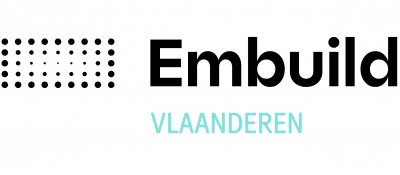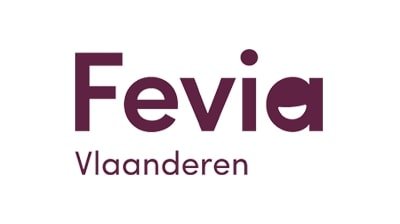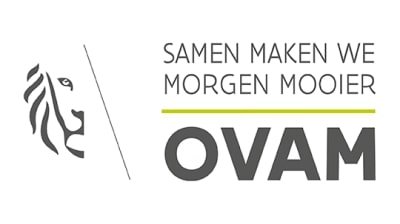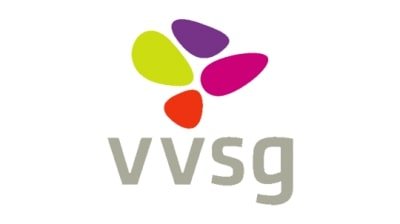Topics
We organise our actions in six thematic & strategic agendas:
Strategic Agendas:
Bio-economy
Circular Construction
Chemicals/Plastics
Manufacturing Industry
Food Chain
Water Cycles
Seven leverages provide additional support:
Leverage effects:
Lever Policy Instruments
Lever Circular Procurement
Lever Communication
Lever Innovation & Entrepreneurship
Lever Financing
Lever Jobs & Skills
Lever Research
What, why and how?
Why are we pursuing a circular economy?
Future visions 2050
How do we see our circular future?
About our management
Who steers what at Flanders Circular?
Custom Territory
In search of circular trainers
Despite alarming reports of pollution and contamination, the fashion industry continues to turn raw materials into waste at a rapid pace. Online and offline shops are flooded with fashion items, often neither designed nor made to last, while raw materials are becoming increasingly scarce and expensive. Moreover, this linear economy no longer offers room for interaction between designers, makers and wearers, which results in generic products without any connection to the local context or identity.
With the project Custom Territory, Luca School of Arts wants to change that system. In collaboration with Mia-H, The School and Ambiorix, we designed the Custom Territory manifesto: an agreement between fashion makers, designers and wearers from Limburg to no longer import fashion products, but to create them themselves.
As an experiment, we want to decentralise the globalised shoe industry into local 'territories' where we can close the circle between designing, making and wearing. We have designed some prototypes of a circular trainer based on local knowledge and raw materials.
In the first place we want to raise awareness: break the linear pattern by making makers, designers and wearers aware of the potential of a circular model. Therefore we developed a film, a production method and a case study.
LUCA School Of Arts
Partners MIA-H, Ambiorix
Sectors
Themes
Organisations
Website
MOST IMPORTANT
RESULTS
- The project grew into a true Custom Territory collective of local shoemakers, designers and wearers committed to decentralising the current fashion system by relying on local knowledge, raw materials, creation and reuse.
- In close collaboration with Ambiorix, we developed a production method whereby discarded shoes are aesthetically and functionally curated with industrial residual streams.
- To inspire and sensitize as many people as possible, we produced a film that artistically highlights our Retake-Reuse principles. The film is available at www.customterritory.com.
- In collaboration with the city of Antwerp, we developed the case study Custom Territory Antwerp, in which we designed a shoe collection based on our Retake-Remake-Reuse principles.
MOST IMPORTANT
LESSONS LEARNED
- The transformation to a circular economy starts with imagining and making tangible sustainable future scenarios.
- In order to close the circle between designing, making and wearing, we need to organise production chains locally so that materials can also circulate locally. Digital production methods that allow for customised production will play a crucial role here.
- For good interaction between designers, makers and wearers, there is a need for meeting places that facilitate collaboration. These places can take physical, digital or hybrid forms.
WHAT DOES
THE FUTURE HOLD?
Our ultimate ambition is to develop a decentralised network of 'custom territories' in which each 'territory' develops its own custom creations, designed and made to repair. We are currently preparing a dossier to launch a European Custom Territory network, in collaboration with the Netherlands and Portugal. In this context, we are exploring how to reinvent the shoemaker as a place and a craft in order to close the circle between design, production, retail and repair.
We would also like to develop a Custom Territory flagship store. That is a place where potential wearers can enter the design and manufacturing process of a shoe. The goal is to create an experience that establishes a lasting connection between designers, makers and wearers. This place can serve as a living lab where the technological, economic, cultural and ecological impact of customised design and production is investigated.

